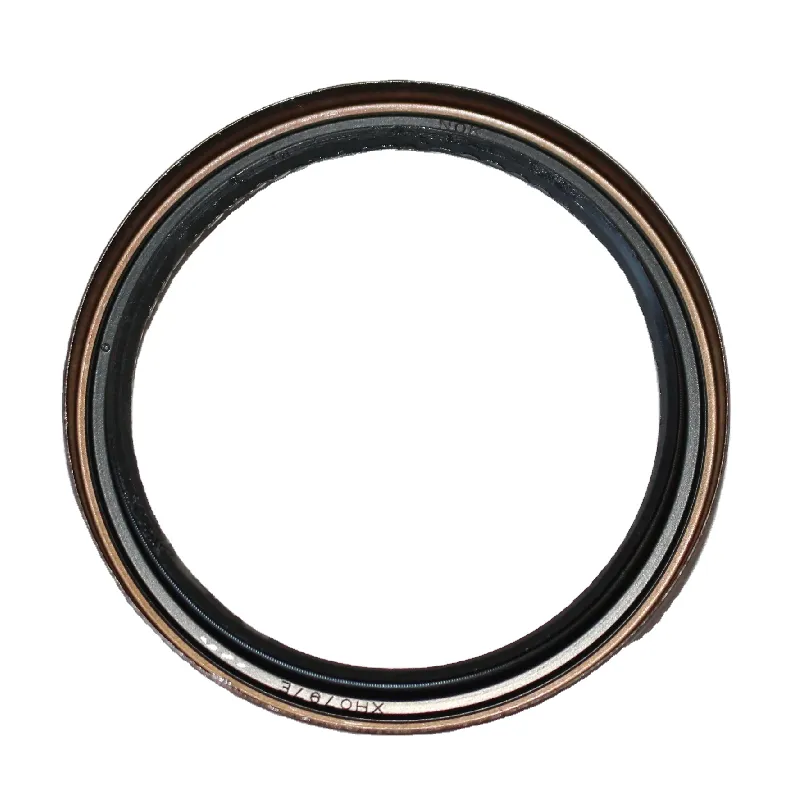upper and lower oil pan gasket
Understanding Upper and Lower Oil Pan Gaskets Importance, Function, and Replacement
The oil pan gaskets—both upper and lower—are crucial components in ensuring the smooth operation of an engine. They serve as seals in the engine lubrication system, preventing oil from leaking and maintaining optimal pressure within the oil pan. This article will delve into the importance, functions, and considerations surrounding the replacement of these gaskets.
Importance of Oil Pan Gaskets
Oil pan gaskets play a vital role in the engine's performance. The engine oil pan, located at the bottom of the engine, acts as a reservoir for the engine's lubricant. The upper oil pan is usually part of the engine block, while the lower oil pan is bolted underneath it. Together, they house the oil pump and provide needed structural integrity to the engine assembly.
A well-functioning oil pan gasket ensures that oil remains contained within the pan. If a gasket fails, oil can leak out, leading to insufficient lubrication of engine components. This deficiency can ultimately cause severe engine damage due to overheating or increased wear and tear. Additionally, oil leaks can create environmental hazards and lead to costly repairs if left unaddressed.
Functions of Oil Pan Gaskets
The primary function of oil pan gaskets is to create a tight seal between the oil pan and the engine block. This prevents oil leaks and maintains necessary oil pressure, which is essential for oil circulation and effective lubrication of the engine's moving parts. Proper sealing also prevents contaminants and foreign particles from entering the oil system.
upper and lower oil pan gasket

In addition to sealing capabilities, the gaskets help dampen engine vibrations. This additional layer of insulation can contribute to the overall longevity and efficiency of the engine. Without a functioning upper or lower oil pan gasket, vibrations can increase, leading to wear on internal components and a decline in performance.
Replacement Considerations
Over time, oil pan gaskets can wear out due to heat, age, and exposure to engine fluids. Signs indicating that a gasket may need replacing include visible leaks underneath the vehicle, low oil levels, and engine overheating. Regular inspections of the engine and oil system can help catch these issues before they escalate.
When it comes time for replacement, both upper and lower oil pan gaskets must be carefully installed to ensure a proper seal. Mechanics should clean the mating surfaces thoroughly and apply a suitable gasket material or sealant as necessary. It's also crucial to torque bolts to the manufacturer's specifications to avoid over-tightening, which could lead to further leaks or gasket failure.
Conclusion
The upper and lower oil pan gaskets are essential components of an engine, playing a critical role in the lubrication system by preventing oil leaks and maintaining pressure. Regular maintenance and inspections can help identify potential issues before they become severe, avoiding costly repairs. Understanding the importance and functionality of these gaskets ensures that vehicle owners can maintain their engines effectively, ensuring longevity and performance. Whether you are a seasoned mechanic or a first-time car owner, being aware of the significance of oil pan gaskets will help you make informed decisions about engine maintenance and care.
-
Understanding Automotive Oil Seals: Essential Components for Engine and Shaft Protection
News Jul.30,2025
-
The Importance of Heavy Duty Seals in Industrial and Residential Applications
News Jul.30,2025
-
Exploring Industrial Oil Seals: From Felt Oil Seals to TTO and CFW Solutions
News Jul.30,2025
-
Essential Guide to Oil Seals: From Radial to Metal-Cased Seals for Industrial Reliability
News Jul.30,2025
-
Choosing the Right Oil Seals and Gaskets for Industrial and Automotive Applications
News Jul.30,2025
-
Cassette Seals: Durable Sealing Solutions for Harsh Environments
News Jul.30,2025
-
Understanding the Front Main Engine Seal: Purpose, Maintenance, and Installation
News Jul.29,2025
Products categories















